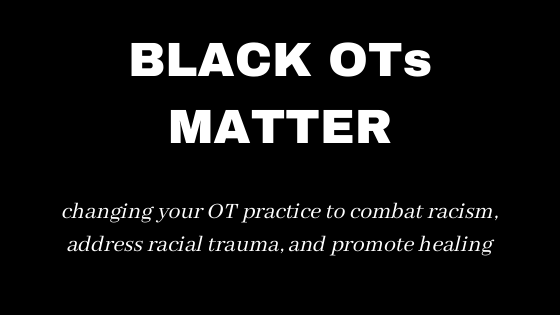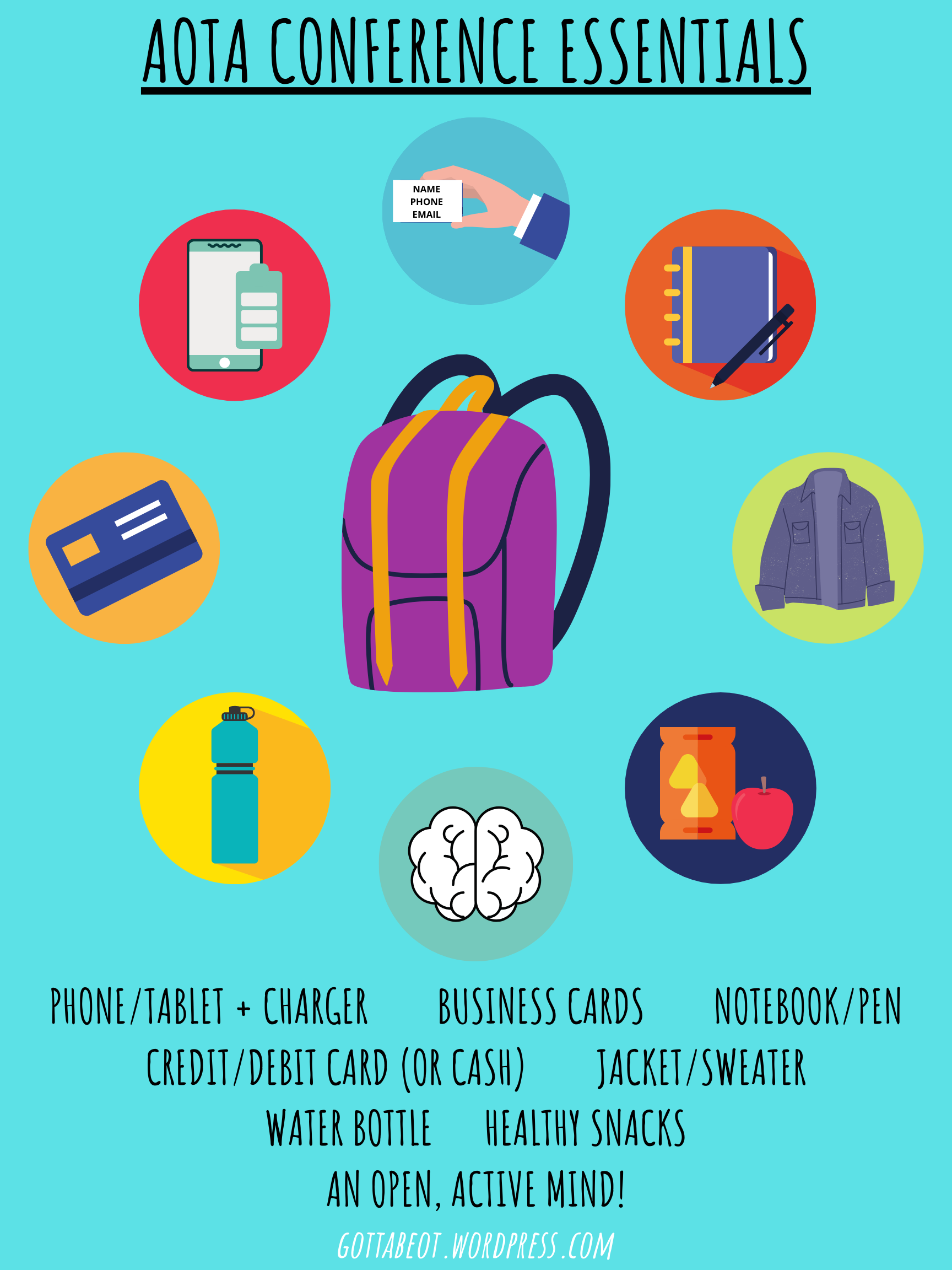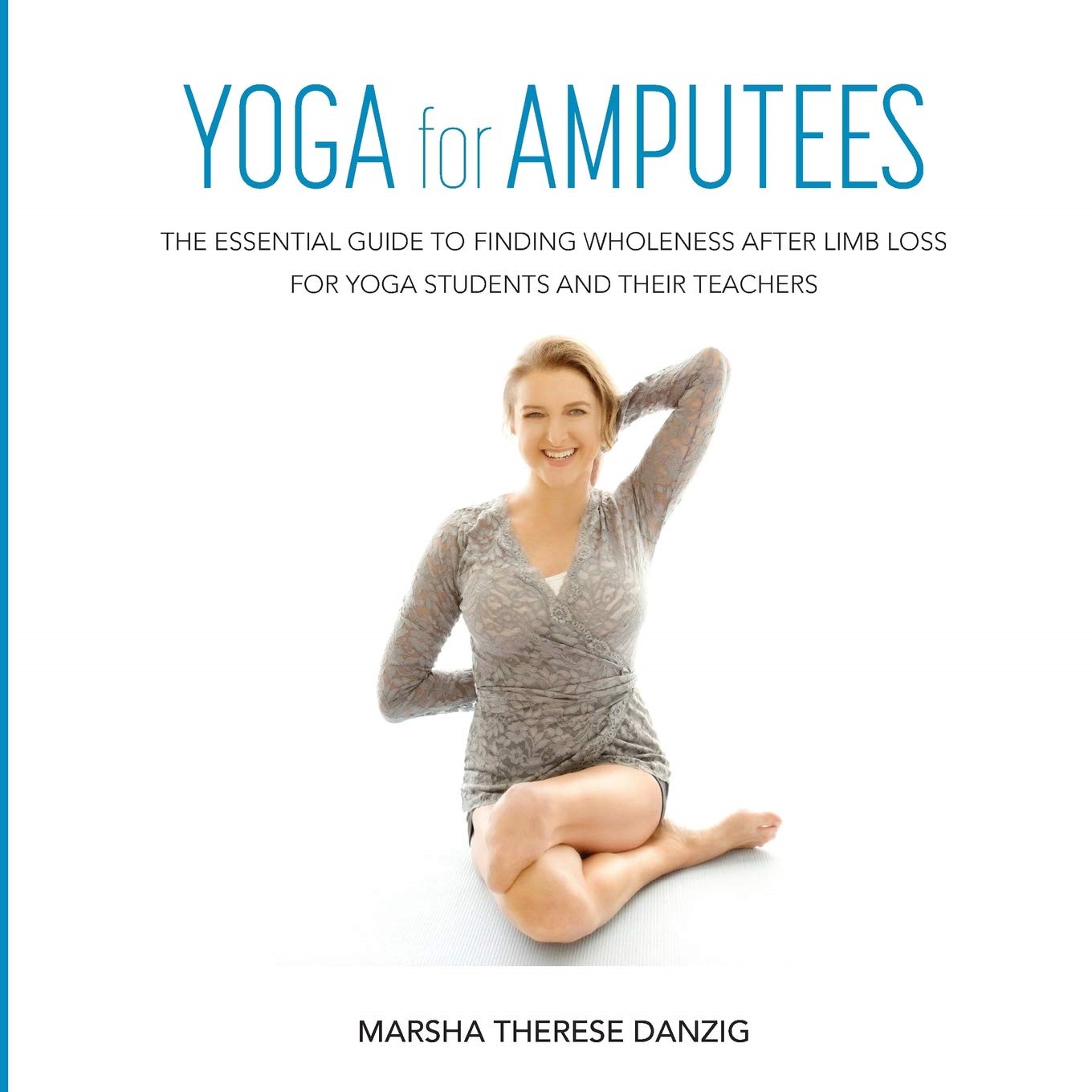
As I sit here in the quiet of a Sunday morning in the comfort of my home, I’m in quite a state. A state of numbness, a state of shock, a state of anger, a state of resignation, a state of…wonder.
Wondering if things in America will ever be different for black and brown people. Wondering if this morning is the last time I’ll talk to my dad on the phone and tell him I love him before getting That Call. Wondering if there’s any hope for a world in which black and brown people are treated as if our lives really do matter. And wondering if the people who know and love me know that I’m not okay.
For the past week, I’ve been going back and forth to work and keeping it together because I’m “essential” and that’s what I have to do. For myself, for my husband, for my patients. I’m one of two black people in my office, and one of a few black people in the rehab department at the hospital where I work. For those of you who don’t know, I work in a mental health setting serving people with a wide variety of mental health conditions. People always ask me how I keep from bringing my work home with me, wondering how I can keep all of the sadness and pain and trauma and heartache from saturating my life and affecting how I go about it.
What they should really be asking, to me and every other black practitioner out there, is how I keep all of my own struggles and trauma and emotional distress out of my work life.
The truth is, I’m crying for the first time since hearing the news about Ahmaud Arbery, Breonna Taylor, George Floyd, and remembering Philando Castile, Eric Garner, Trayvon Martin, and all of the other black and brown people whose lives have been cut short by forces outside their control as I write this right now.
After every tragedy, I find that I am unable to really process what I’m thinking and feeling to the full depth because I have to keep getting up and giving strength to other people and being strong for other people who are suffering. I just don’t have the mental resources to cry all the way to work and all the way home and still keep doing my job. Because if I started crying on the way to work I’d never stop.
Unlike my white colleagues, I live with the burden of being black in America every day. When I go to work, I often face microaggressions and assumptions about my abilities, backgrounds, interests, and experiences from when I walk in the door to when I walk out. On top of that, I go in with worries about whether my brother or my uncle or my dad or my cousins will be stopped on their way into work or while doing their jobs and have their lives cut short. I wonder if the black patients who I see will be restrained, ignored, marginalized, or judged based on the color of their skin and not their physical, emotional, or mental health challenges. I wonder if the black and brown teens who I work with will be around in five years to be able to change the world in the wonderful and wild ways they tell me they want to. And yet I still have to create groups, attend meetings, write documentation, and go about my business the same as everybody else. But I’m not the same.
Everyone keeps talking about “occupational injustice” and “occupational apartheid” like they’re these big, fancy concepts that only apply to people in prison or low income communities or war zones. The fact is, these concepts apply to me too! As a black OT, it’s an injustice for me to come to work and listen to people talking about their fun weekend or their sleep issues or their plans for the future while I’m struggling to reconcile all of the emotions and hatred that’s happening and have nobody check in and ask how I’m doing or consider how it might be impacting my occupational engagement and quality of life.
This week, I’ve gotten texts and phone calls from people I’ve known for all of my life and just a few years asking how I’m doing and wanting to know what I think about everything that’s going on. I’m thankful that I have people who care and who are willing to brave the awkwardness and brace themselves for an onslaught of emotional instability when they ask “How are you?” It’s honestly more than I’ve gotten in any place I’ve ever worked.
I don’t know if it’s because people feel like it’s not “appropriate” in the workplace to check in with their black and brown colleagues and patients or because they themselves don’t want to deal with what happens next. But that’s just another luxury that I don’t have – I don’t get to ignore what’s going on. I get to relive the generational trauma and endure another day of institutional racism in a place that doesn’t have room for the answer to be “I’M NOT OKAY!!!!”
A lot of people are mad about how AOTA isn’t putting out a statement or doing anything else to acknowledge everything that’s going on, but I honestly couldn’t care less about what they’re doing. Anyone can write up a stupid statement to slap on their website and claim that they are “with you.” Anyone.
What anyone CAN’T do is meaningfully engage and push others to engage with their friends, family members, colleagues, managers, subordinates, team members, and others who are black and living through a time when our legacy of pain is laid bare for all to see and even more to avoid.
So if you’re not satisfied with AOTA’s response, why don’t you take a look in the mirror and look at your own response? Who have you checked in with? How many black patients have you asked this week about what’s going on in their heads and hearts? How many people have you cried with, have you marched with, have you called, have you written to, have you hugged, have you held, have you held space for? Versus how many social media images have you shared, posts have you written, videos have you watched from the comfort of your own home? Think about it, and then let me know who’s really in the wrong.
If you are an OT practitioner or anyone else out there reading this, I want you to know, and I need you to know that I’m not okay. We’re not okay. We haven’t been okay for a long time and we probably won’t be for an even longer time until you start to speak up and share the burden. Until you understand that I can’t be productive when most of my day is spent avoiding my own mind and finding ways to stay busy and keep from crying in the bathroom for 8 hours straight until I can go home and do it all night. I can’t do my best work when I’m listening to a bunch of ignorant coworkers talking about riots and looting and ignoring the millions of ways in which they marginalize and bully and oppress and ignore the people in their “care.” I can’t achieve my full potential in a workplace that refuses to acknowledge or even ask about whether or not what’s happening in the world and in my life is affecting me. Answer: IT IS.
I need our profession to understand that we as black and brown people don’t have the same occupational rights as you do! I don’t have the same right to walk down the street, to go shopping, to go jogging, to drive my car, to go to work, to live, to love, to laugh without experiencing alienation and maybe even violence. I don’t even have the same human rights as you do. And the sooner you acknowledge it, the sooner we can start a dialogue and start making change.
As an OT, I know that context is such an important part of what is happening in anyone’s life and how they are able to engage in occupation. Why would that be any different for black OTs right now? The context of my life is different than that of a white clinician. Currently, my context is one of pain, misery, trauma, anger, defeat, confusion, and despair. And as a result, my occupational performance is suffering. My energy levels are down, my cognitive functioning has changed, my emotional resources are bottoming out, my spirits are weak, my motivation is low, my mood is grim, and yet…I’m expected to go and do the same as a white clinician who isn’t facing this barrier? Worrying for their family’s and their own safety every day? It’s insane that a profession that prides itself on caring about context is so blind and yet here we are.
Right now, I’m supposed to be participating in my typical Sunday routine of attending church, spending time engaged in spirituality, and communing with friends. But I can’t do that because I have too much emotional distress brewing to even focus on anything else. Consider that on a wide scale, and then think about why the people you work with as an OT might be having difficulty doing what you and everybody else is asking them to do.
You’ve probably noticed by now that this isn’t the type of thing I normally write, but that’s OK. At least, it is with me. Maybe it’s food for thought or maybe it’s just another link to share or skim or ignore, whatever. It’s what I needed to do for me, and maybe what somebody else needed too. I don’t know, and I won’t know.
What I do know is that as I continue to do work in mental health, physical rehab, or wherever else, I am not going to ignore the big, black elephant in the room. The experience of trauma is embodied, and impacts occupational performance. As best practice, I’m going to write about it, I’m going to document it, I’m going to talk about it, I’m going to acknowledge it, I’m going to cry about it, I’m going to scream about it, I’m going to do my best to provide interventions and support and resources and referrals for it and all this is so that I can do something about it.
If you’re a boots on the ground therapist, make it part of your everyday practice to stop ignoring the obvious and doing the difficult thing. Make an emotional check in part of your session and make space to listen and learn from your clients of color. Challenge the assumptions of your coworkers and other people who don’t see “why it’s a big deal” or say “it’s so sad” and change the subject. Acknowledge the pain of your black and brown coworkers and do your best to share the burden or allow them to stop pretending and unpack their minds for a few minutes or as long as it takes. And if you’re in leadership, make it your job to engage meaningfully with people of color in your workplaces and communities to understand their frustrations and learn how to make changes to make their lives more bearable.
I’m committed to being more open with the people around me, to allow them to be supports and to challenge them to be better and do more.
I hope you’ll join me.










